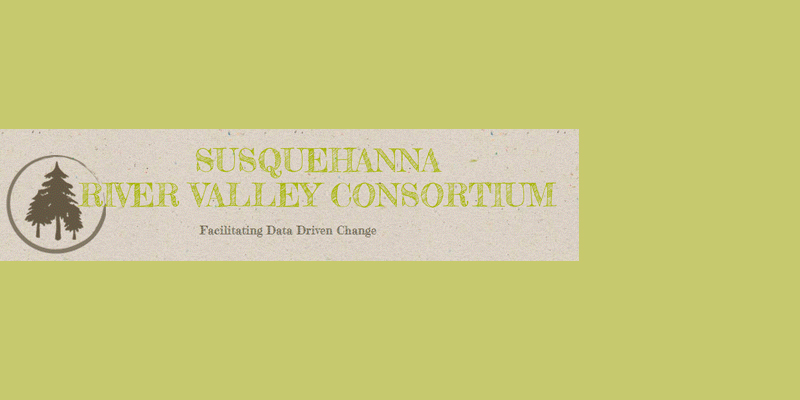Sam Jacobson and Yash Bhutwala created SRVCdata.org as a resource for social organizations to measure how well their programs are addressing issues in the central Susquehanna Valley. Their website includes data resources such as reports dealing with health, security, demographics, economic growth, and much more. The website also provides a trendalyzer, a visualization software that creates an animation of a plot of two different variables and then tracks them over time. Individuals can also use the website to learn more about the five counties of the Central Susquehanna Valley through the qualitative data and reports they provide.
The website allows sufficiency when trying to locate primary data relating to these counties. For although the primary data they have collected exists throughout the web, it takes much time and effort to uncover. The website pulls all this information together to make it easier for people to find, and use. Sam and Yash believe that organizations will be able to benefit from the use of this website, and it will encourage them in addressing important issues and facilitating change in these counties.
Sam and Yash are still working on further perfecting the website, and organizing the data for more sufficient and accessible usage. They believe that the website will be a useful tool to provide easy navigation and easy understanding of important information regarding the five counties in the Central Susquehanna Valley, and thereby promote change and improvement.




